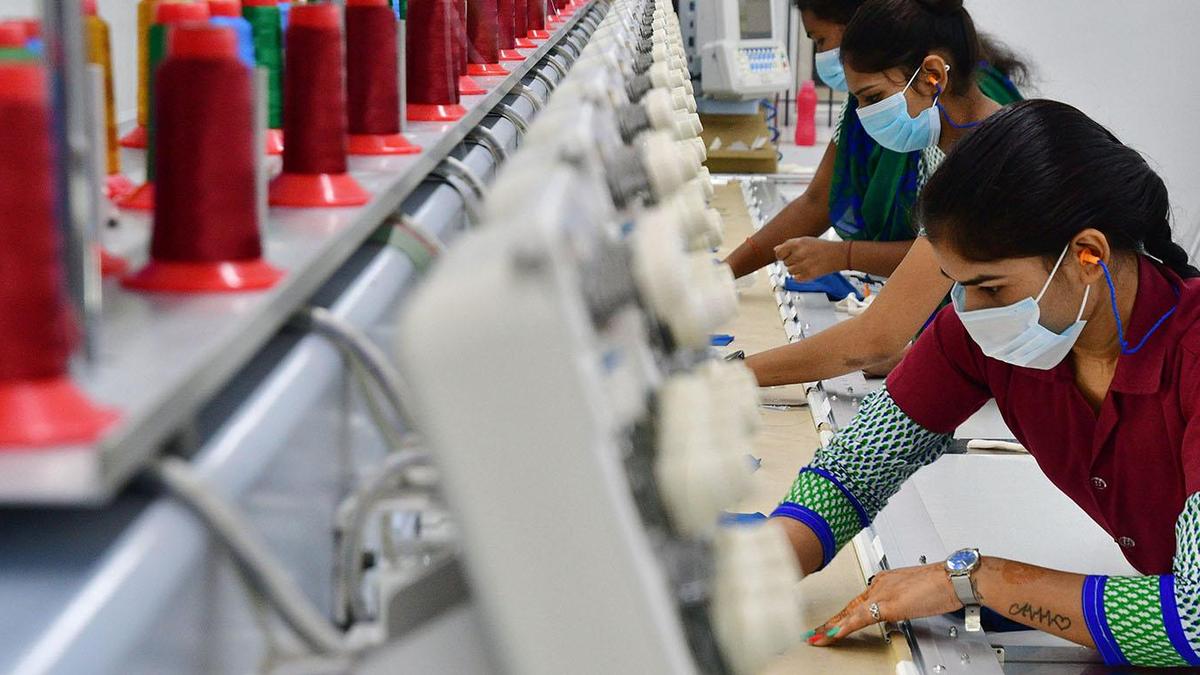24 October 2025 The Hindu Editorial
What to Read in The Hindu Editorial( Topic and Syllabus wise)
Editorial 1: Synthetic media
Context
Requiring labels on AI-generated imagery marks a positive beginning.
Introduction
The rapid rise of AI-generated deepfakes has blurred the line between reality and fabrication, raising serious concerns over misinformation, electoral integrity, and privacy. As photorealistic synthetic content spreads across digital platforms, India’s proposal to mandate labelling under the IT Rules, 2021, marks a significant move toward transparency, accountability, and responsible use of emerging technologies.
Rise of AI-Generated Deepfakes
- Artificial Intelligence (AI) tools now make it effortless to produce photorealistic images and videossimply by typing text prompts.
- Since 2024, deepfakes and synthetic mediahave rapidly spread across social media platforms.
- Concerns grew over their potential to influence elections and spread disinformation, though the feared large-scale impact did not fully materialize.
- However, AI “slop”—low-quality or deceptive synthetic content—has become common in both political and commercial
Government Response and Rationale
- The Union Government’s proposalto mandate labelling of AI-generated content under amendments to the IT Rules, 2021, aligns India with global efforts to ensure transparency in digital content.
- India’s large and diverse Internet user basemakes it crucial to address challenges of identifying AI-generated imagery.
- Two main reasons justify this move:
- Disinformation can go viralquickly, distorting democratic discourse.
- AI capabilities are advancing rapidly, making it easier to create deceptive visuals.
- Several public figures have raised legal complaintsover the misuse of their likeness in fabricated media.
Industry and Global Context
- Unlike mandatory smoking warningsin films, which faced initial industry resistance, tech firms themselves have backed content labelling from the start.
- Metahas already begun labelling AI-generated posts on Facebook.
- The Coalition for Content Provenance and Authenticity (C2PA)brings together industry leaders to develop “digital provenance” standards, inspired by art authentication.
Policy and Legislative Concerns
- Using subordinate legislationlike the IT Rules may not be the ideal path, as these rules already govern multiple areas—streaming, social media, and gaming—without parliamentary scrutiny.
- Parliamentary debateand direct involvement of elected representatives are essential for legitimacy and public trust.
- Policymakers must recognize that regulation often trails innovationand adopt a dynamic, adaptive approach—updating, relaxing, or reinforcing rules as technology evolves.
Conclusion
Mandatory labelling of AI-generated imagery represents a timely and essential safeguard against digital deception. However, to ensure real impact, India must adopt adaptive policymaking, periodic review, and parliamentary oversight. Balancing innovation with ethics and strengthening public awareness will be crucial for navigating the AI-media landscape responsibly and protecting the integrity of democratic discourse in the digital age.
Editorial 2: Good job
Context
Factories must ensure adequate facilities for women engaged in hazardous occupations.
Introduction
The Tamil Nadu government’s move to permit women’s employment in previously prohibited hazardous operations marks a significant step toward gender equity in industrial labour. By amending the Factories Rules, 1950, the State challenges long-held patriarchal norms, signalling confidence in women’s ability to work across diverse sectors while ensuring safety, consent, and equal opportunity at the workplace.
Gradual Progress in Labour Reforms
- Incremental policy changesoften drive lasting transformation — much like a flywheel that gains speed with each small push.
- The Tamil Nadu government’s proposalto allow women employment in around 20 previously “dangerous” operations marks a progressive step in labour law reform.
- The amendments to the Tamil Nadu Factories Rules, 1950aim to permit women to take up jobs officially classified as hazardous, with exceptions only for pregnant women and young persons.
Expanding Employment Opportunities for Women
- The State had earlier allowed women to work night shiftsin factories, overturning a long-standing gender restriction.
- Under the latest amendment, factories must obtain written consentfrom women before assigning night duties — ensuring voluntary participation and worker autonomy.
- These measures collectively reflect a gradual dismantling of patriarchal norms, challenging outdated notions of women as vulnerable or dependent on protection.
Broadening Scope of Occupations
- The list of operations now open to women includes:
- Electrolytic processes, glass manufacture, lead treatment, gas and petroleum generation, blasting, and tanning of raw hides and skins.
- Graphite powdering, chemical manufacture(e.g., dichromates, carcinogenic dye intermediates, manganese compounds), pesticides, fireworks, and match production.
- Jobs involving benzene use, and high noise or vibration levels.
- Opening these sectors signifies trust in women’s competenceand an intent to normalize their presence across industries.
Beyond Legal Reform: Creating Supportive Infrastructure
- Legal permission alone is insufficientwithout corresponding workplace facilities.
- The government must ensure provision of amenitiessuch as:
- Separate toilets, changing rooms, and medical check areas.
- Safe transport and drop-home services, especially in industries employing women for the first time.
- Implementation will require management investment, State oversight, and active labour department monitoringduring the initial phase.
Ensuring Freedom, Not Compulsion
- Reforms must empower women by choice, not compel them into hazardous work.
- The State must ensure that women unable or unwilling to take up such rolesare neither pressured nor penalised.
- A truly equitable workplacearises only when freedom, safety, and dignity are guaranteed alongside opportunity.
Conclusion
Removing legal and structural barriers is the first step toward gender equity in India’s industrial sector. However, progressive policy must be matched with practical support, investment, and sensitivity to workers’ circumstances. Only then will Tamil Nadu’s initiative evolve from a symbolic reform into a sustainable model of inclusive employment.
![]()


